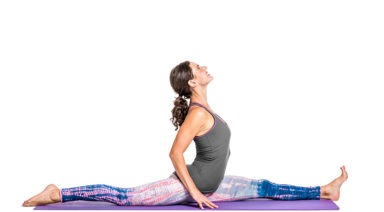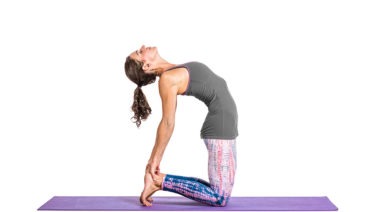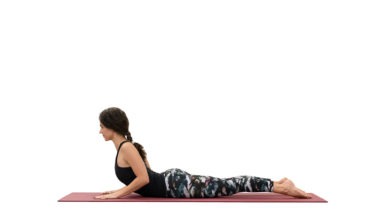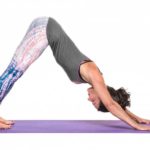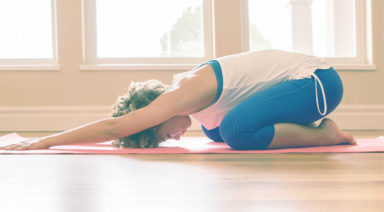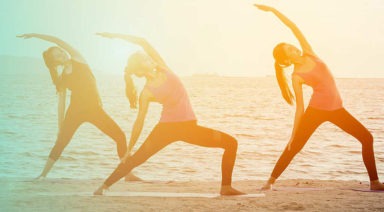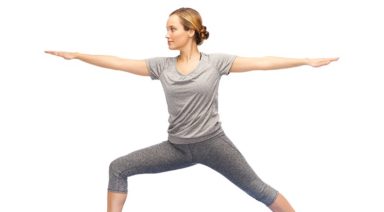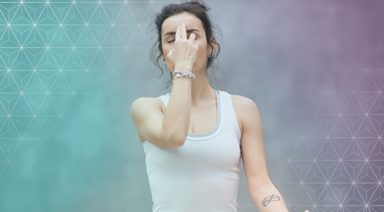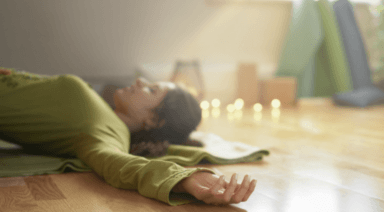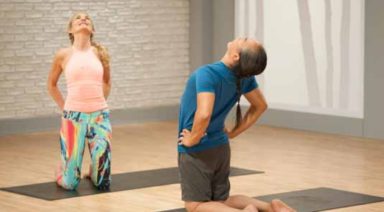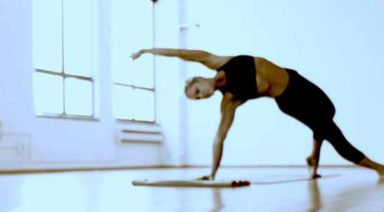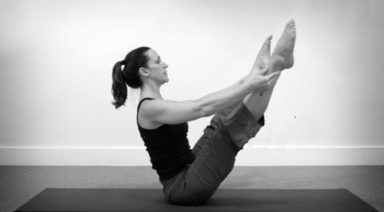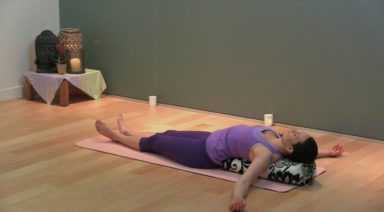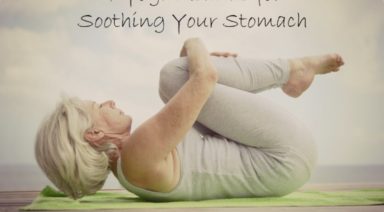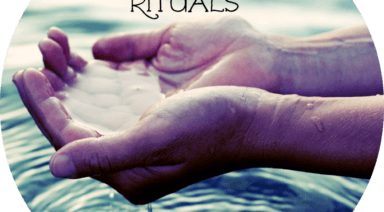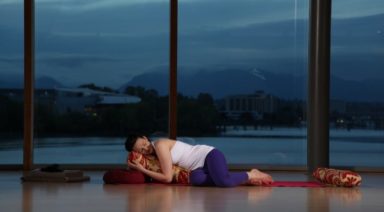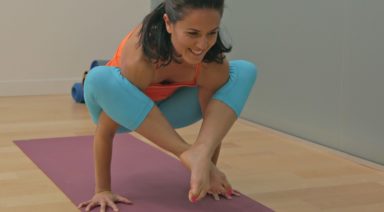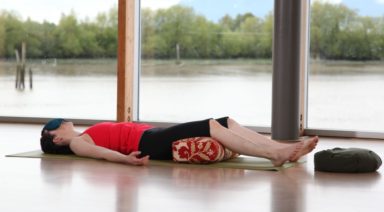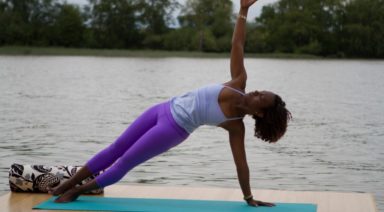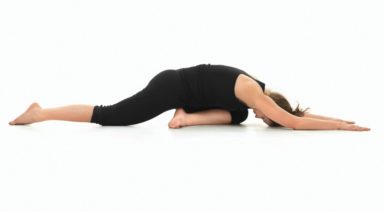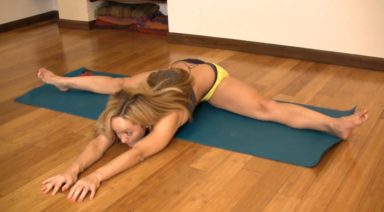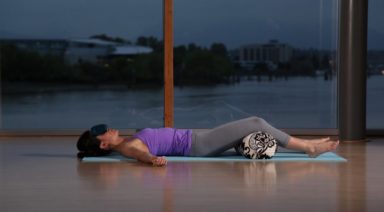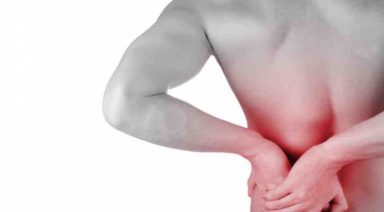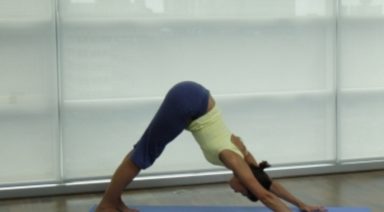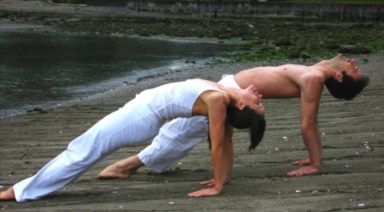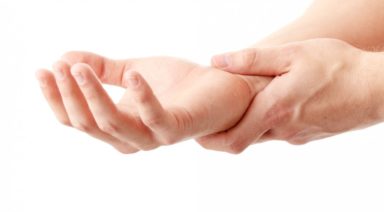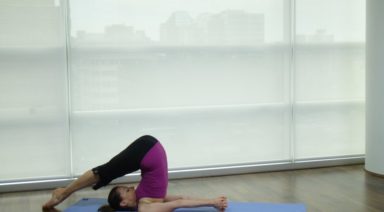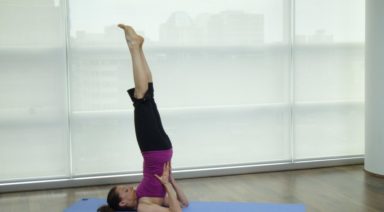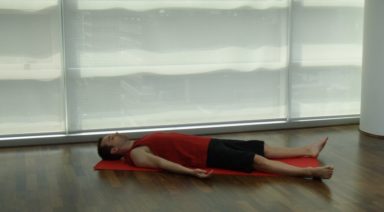Virabhadrasana II: Warrior II Pose
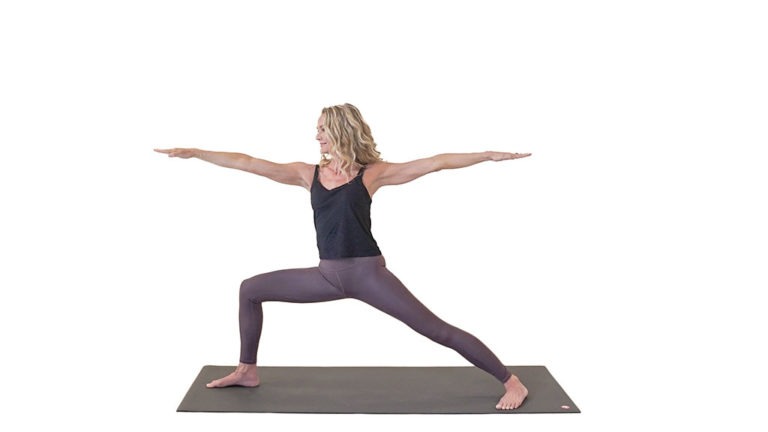
ADJUSTMENTS | BENEFITS | SEQUENCING | SANSKRIT | STEPS
Warrior II, or virabhadrasana (veer-ah-bah-DRAHS-anna) II, is a strengthening pose that improves physical and mental endurance. Its ability to stretch your upper legs and ankles while also expanding your chest and shoulders makes it an essential foundational pose for most asana-based (pose-based) yoga practices.
Philosophy + Origin
While warrior II is a strong pose, it also requires balance and steadiness. Although many origin stories for virabhadrasana II describe the shape of the pose as the stance Virabhadra took as he drew his sword to remove the head of his enemy, any student who has practiced the pose will learn that, while fierce, there’s also a gentleness within the physical lines. The yogic philosophy of sthira sukha, or balancing effort with ease, can be applied when practicing warrior II. How can you harness your warrior spirit while not losing sight of your gentle spirit and your commitment to ahimsa, non-violence?
ADJUSTMENTS/MODIFICATIONS:
- Option to shorten the length of your stance or bend your back knee to relieve pressure in the knees.
- For added support, use a folding chair under your front thigh.
- Press your back heel into a wall for balance and support.
- Rather than looking over your front hand, look straight ahead and maintain length in both sides of the neck.
- Flip your palms face up to help soften the shoulders, then flip your palms back down.
STEP-BY-STEP:
- Step your right foot to the top of your mat, and your left foot 3-4 feet behind you. Point your right toes straight forward, and your left foot about parallel to the back of your mat. Draw an imaginary line from your right toes, to right heel, to left arch.
- Bend your right knee so it stacks right over your right ankle. Press equally into your feet.
- Square your shoulders to the left side of your mat and extend your arms out wide, parallel to the ground, palms face down.
- Keep your torso upright, shoulders stacked on your hips.
- Keep your gaze straight ahead, or turn your gaze to the fingertips of your right hand. Keep your breath even as you hold for up to 60 seconds. Inhale to straighten your front leg and release the posture. Repeat on the other side.
PREPARATORY POSES:
- Crescent lunge | Anjenayasana
- Gate pose | Parigrahasana
- Goddess pose | Utkata konasana
SEQUENTIAL POSES:
- Extended side angle | Utthita parsvakonasana
- Reverse warrior | Viparita virabhadrasana
- Triangle pose | Trikonasana
COUNTER POSES:
- Wide-legged forward fold | Prosarita paddotanasana
- Head to knee pose | Janu sirsasana
SANSKRIT:
- Virabhadra = fierce warrior, incarnation of Shiva
- Asana = pose
PHYSICAL BENEFITS:
- Stretches groins, thighs, ankles.
- Expands chest, lungs, shoulders.
- Improves balance.
ENERGETIC BENEFITS:
- Increases mental focus and concentration.
- Builds mental stamina and endurance.
Legal Disclaimer Before participating in any exercise program or using any fitness products or services that may be described and/or made accessible in or through the Gaia Website and/or the Services, you should consult with a physician or other healthcare provider. Read more about Gaia’s Terms Of Use.
Hanumanasana: Front Splits Pose
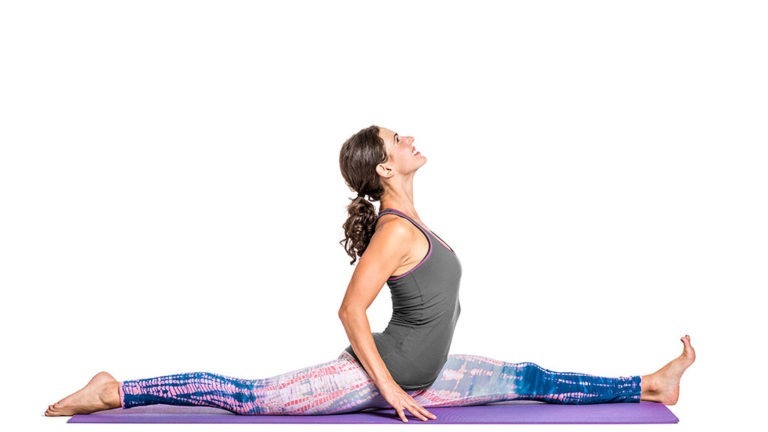
ADJUSTMENTS | BENEFITS | SEQUENCING | SANSKRIT | STEPS
Hanumanasana (hah-new-mahn-AHS-ah-nah) honors the great leap made by Hanuman, the famous monkey god from the Ramayana, across the ocean from India to the mountains of Sri Lanka. Front splits pose demands flexibility, strength, and stability.
Philosophy + Origin
More than just an incredible leap, Hanuman is remembered, celebrated, and worshiped because of his great devotion and courage. To be devoted, one must be bold enough to stand firmly in their beliefs, selflessly serving others and putting others’ needs above their own.
Because of its physical demands, it’s easy to get caught up in “achieving” the outward appearance of the posture. As such, it’s important to keep your ego in check as you dedicate yourself to the posture. Above all, invite kindness and selflessness to flow freely from the posture. As you practice, ask yourself how you can embody Hanuman’s devotion both in your physical yoga practice and your everyday life.



